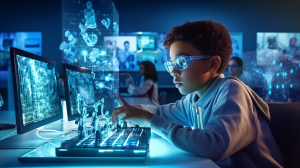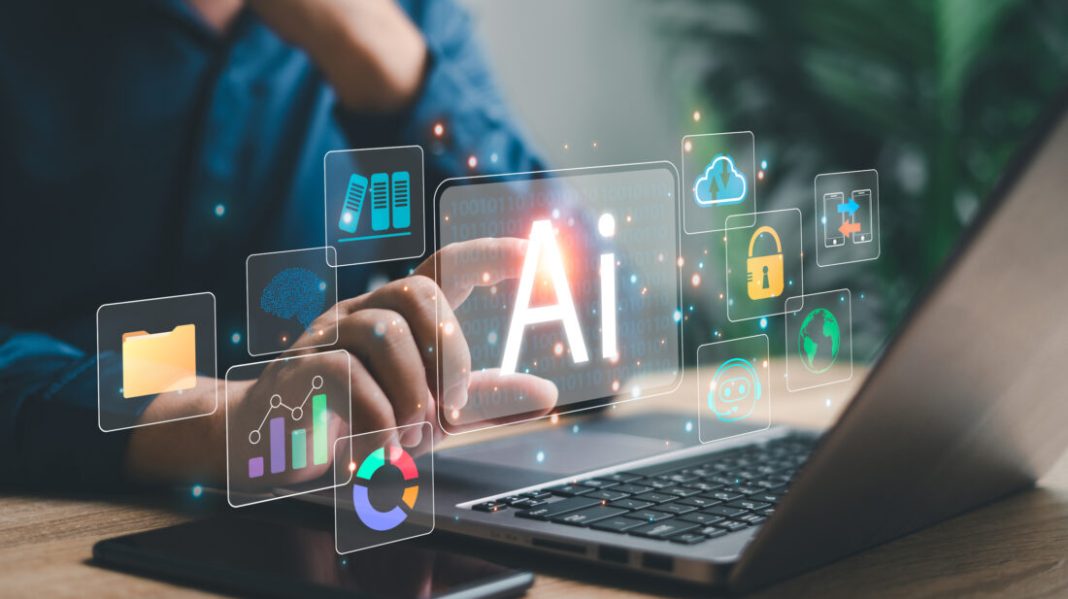AI in Workplaces
Artificial Intelligence (AI) is becoming an essential part of modern workplaces, changing how businesses function and how people do their jobs. One of the main ways AI is making an impact is through automation. AI-powered systems can take over repetitive tasks like data entry, scheduling, and customer service, which frees up employees to focus on more complex and creative work. For example, in manufacturing, AI-driven robots can perform detailed tasks with high precision, leading to fewer errors and higher productivity.
AI also helps businesses make smarter decisions. By quickly analyzing large amounts of data, AI can provide insights that guide companies in making informed choices. For instance, AI can predict market trends, customer behaviors, and potential risks, allowing businesses to plan more effectively. In human resources, AI is used to streamline the hiring process by screening candidates, reviewing resumes, and even conducting preliminary interviews.

However, the rise of AI in the workplace isn’t without downsides. One of the biggest concerns is that AI could lead to job losses, especially in roles that involve repetitive tasks. As AI becomes more capable, some jobs might disappear, leaving workers worried about their future employment. There are also ethical issues to consider, particularly when it comes to biases in AI systems. If not carefully managed, AI could unintentionally reinforce existing biases, leading to unfair treatment of employees or customers.
AI in Education
AI is also transforming education by changing how students learn and how teachers teach. One of the key benefits is personalized learning. AI-driven tools can tailor educational content to fit each student’s unique needs and learning style. For example, AI-powered tutoring systems can pinpoint areas where a student is struggling and offer targeted support to help them understand difficult concepts. This kind of personalization can make learning more engaging and improve academic performance.
For teachers, AI can take over routine tasks like grading and tracking attendance, giving them more time to focus on teaching and interacting with students. AI can also analyze student performance data to identify trends and suggest ways to improve teaching methods.

But there are challenges here as well. One concern is that relying too much on AI could reduce the human connection in education. While AI can offer personalized learning, it can’t replace the emotional support and mentorship that teachers provide. There’s also the issue of data privacy, as AI systems need access to a lot of student data to work effectively, raising questions about how this data is used and protected.
Another challenge is the digital divide. Not all students have equal access to AI-driven educational tools, which could widen the gap in learning opportunities. Students in under-resourced areas might miss out on the benefits of AI, making it harder for them to succeed.
Conclusion
AI is making a big difference in workplaces and education, offering new ways to boost productivity and improve learning. However, these benefits come with significant challenges, such as job losses, ethical concerns, reduced human interaction, and data privacy issues. As AI continues to evolve, it’s important to address these challenges to ensure that AI is used in ways that are fair and beneficial for everyone.
To Keep Updated Visit & Follow our Facebook Page Or Our Website




